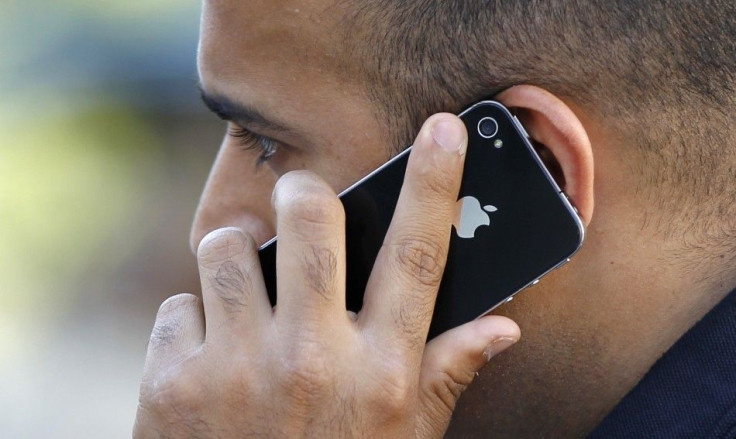Talking Away the Pain As Good as Exercise for Chronic Sufferers

Getting an earful of therapy over the phone eases chronic pain as much as treatment with exercise, a new study suggests.
Exercise is an accepted therapy for patients with chronic pain that affects 116 million Americans and costs an estimated $560 billion to $635 billion in 2010, according to a report from the Board on Health Sciences Policy and the Institute of Medicine.
Chronic pain patients who received talk therapy reported feeling better or very much better six months after the therapy, an effect that lasted at least an additional three months. The treatment, known as cognitive behavioral therapy, is meant to help patients cope with pain by managing their thoughts and behaviors.
Participants who only did exercise also reported feeling better, and researchers found that participants who chose one treatment over the other did better when they got the treatment they wanted.
We expected, in principal, for the treatment to be effective, John McBeth, epidemiologist at the University of Manchester, U.K., wrote in an email. He cited studies which suggested that alternative methods of treatment -- such as providing treatment for depression over the Internet - have been found to be effective. However we had actually underestimated just how effective it would be, he said.
Researchers found that combining exercise with talk therapy showed no additional advantages, according to a statement on the study.
That's bothersome to me, said Penney Cowan, CEO and founder of the American Chronic Pain Association. Because I really think that it takes a combination and because people are so different it depends on what else they need.
The goal of pain management, she said, is to improve a person's quality of life, increase their function, and reduce suffering. Because of all these needs, she said it was hard to believe that just one treatment option would effectively help patients recover.
It's never one thing, she said, adding that patients with chronic pain need to be active participants rather than remain in the passive patient role.
Researchers at the University of Aberdeen and the University of Manchester included 442 people between the ages of 25 and 60 who had widespread chronic pain.
During the experiment, one group received talk therapy over the telephone, another group exercised, a third group received both therapies. A control group received usual care from a doctor, according to the study authors.
Researchers plan to follow-up to determine how long talk therapy patients continue to improve after therapy. Since the therapists selected to administer the talk therapy over the phone were very experienced, according to McBeth, the researchers would also like to see if therapists with less experience could produce similar results with chronic pain patients.
Researchers also want to investigate how the intervention works and look at the biological and psychological mechanisms associated with the positive outcomes, according to McBeth.
The journal Archives of Internal Medicine published the study Monday; the Arthritis Research U.K. funded the research.
Persistent severe aching felt all over the body is an all too common disorder which frustrates patients and health care professionals alike and is not easily controlled by pain killers, Alan Silman Arthritis Research U.K. medical director, said in a statement. This trial has shown how a behavioral approach can help people cope with the pain in a feasible and affordable manner.
© Copyright IBTimes 2024. All rights reserved.





















